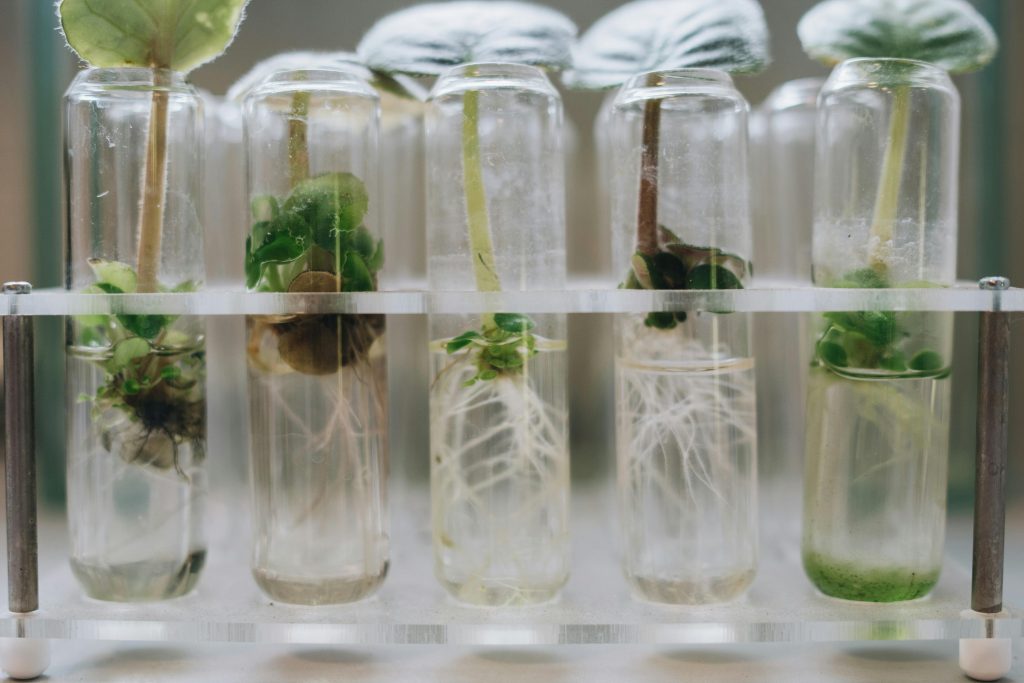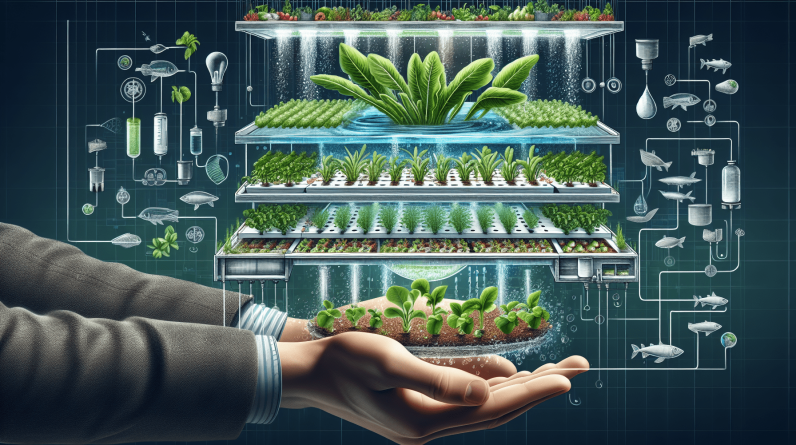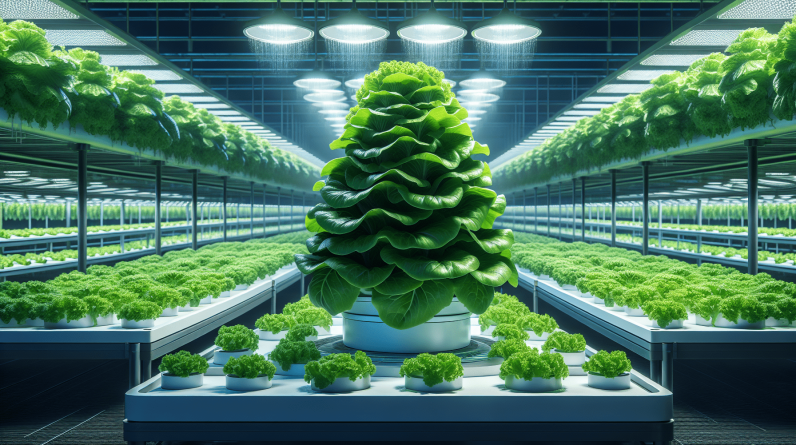
Can Hydroponic Lettuce Be Grown Without Sunlight?
Introduction to Hydroponic Lettuce Cultivation
When it comes to growing lettuce through hydroponics, the process differs from traditional soil gardening. Hydroponic systems involve growing plants in a nutrient-rich solution without the use of soil. This method allows the plant roots to have direct access to essential nutrients, promoting faster growth and higher yield.
Benefits of Hydroponic Lettuce Cultivation
Hydroponic lettuce cultivation offers several advantages compared to traditional growing methods. By eliminating the need for soil, plants can grow in a controlled environment, reducing the risk of soil-borne diseases and pests. Additionally, hydroponic systems use water more efficiently, making them a sustainable option for growing crops.
Light Requirements for Hydroponic Lettuce
While sunlight is essential for plants to photosynthesize, hydroponic lettuce can be grown without direct exposure to sunlight. Instead, indoor growers can use artificial lighting sources such as LED grow lights to provide the necessary light spectrum for plant growth. These lights can mimic the natural sunlight needed for plants to thrive.
Choosing the Right Grow Lights
When selecting grow lights for hydroponic lettuce cultivation, it’s essential to consider the light spectrum produced by the bulbs. LED grow lights are a popular choice for indoor growers due to their energy efficiency and customizable light spectrum options. Ensure that the grow lights emit both blue and red light wavelengths, which are crucial for plant growth and development.

This image is property of images.pexels.com.
Nutrient Requirements for Hydroponic Lettuce
In a hydroponic system, lettuce plants require specific nutrients to thrive and produce healthy leaves. These essential nutrients are typically provided in the form of a nutrient solution that is circulated to the plant roots.
Essential Nutrients for Hydroponic Lettuce
The primary nutrients needed for hydroponic lettuce cultivation include nitrogen, phosphorus, and potassium. These macronutrients are essential for plant growth, root development, and overall health. Additionally, plants require micronutrients such as calcium, magnesium, and iron to support various metabolic functions.
Temperature and Humidity Control
Maintaining the right temperature and humidity levels is crucial for successful hydroponic lettuce cultivation. Lettuce plants thrive in cooler temperatures and high humidity conditions, similar to their natural growing environment.
Temperature Requirements
Ideally, the temperature for hydroponic lettuce cultivation should be between 60-70 degrees Fahrenheit during the day and slightly cooler at night. Consistent temperature control is essential to prevent stress on the plants and ensure optimal growth.
Humidity Considerations
Lettuce plants prefer humidity levels between 50-70% to prevent wilting and dehydration. Using a humidifier in the grow room can help maintain the ideal humidity levels for hydroponic lettuce cultivation.

This image is property of images.pexels.com.
Water and Nutrient Solution Management
Proper water and nutrient solution management are vital for the health and growth of hydroponic lettuce plants. Monitoring pH levels and nutrient concentrations ensures that plants receive the essential nutrients they need to thrive.
pH Level Monitoring
Maintaining the correct pH level of the nutrient solution is critical for nutrient uptake and plant growth. Lettuce plants prefer a slightly acidic pH range between 5.5-6.5. Regularly testing and adjusting the pH of the solution is necessary to prevent nutrient deficiencies and ensure healthy plant growth.
Nutrient Solution Concentration
Monitoring the nutrient solution concentration is essential to prevent nutrient imbalances and toxicity. Use a reliable electrical conductivity (EC) meter to measure the nutrient concentration in the solution and adjust accordingly. Providing plants with a well-balanced nutrient solution will promote healthy growth and development.
Pest and Disease Management
One of the significant advantages of hydroponic lettuce cultivation is the reduced risk of pests and diseases compared to traditional soil gardening. However, it’s essential to remain vigilant and implement preventive measures to protect plants from potential threats.
Integrated Pest Management
Implementing an integrated pest management (IPM) strategy can help control pests without the need for harmful chemicals. Introduce beneficial insects such as ladybugs or predatory mites to combat common pests like aphids or spider mites. Regularly inspecting plants for signs of pest infestations and taking prompt action is key to preventing damage.
Disease Prevention
To prevent the spread of diseases in hydroponic lettuce systems, practice good hygiene by maintaining a clean growing environment. Avoid overwatering plants, as excess moisture can lead to root rot and fungal diseases. Use sterile growing mediums and equipment to minimize the risk of disease transmission.

This image is property of images.pexels.com.
Harvesting and Storage Tips
Knowing when and how to harvest hydroponic lettuce is essential to maximize freshness and flavor. Proper storage techniques can prolong the shelf life of harvested lettuce, ensuring that you can enjoy a steady supply of homegrown greens.
Harvesting Techniques
Harvest lettuce leaves by cutting them near the base of the plant, leaving a small portion of the stem intact. Avoid pulling or tearing the leaves, as this can damage the plant. Harvesting outer leaves first allows the inner leaves to continue growing, ensuring a continuous harvest.
Storage Recommendations
After harvesting, rinse lettuce leaves with cold water to remove any dirt or debris. Pat the leaves dry with a clean towel or use a salad spinner to remove excess moisture. Store the lettuce in a perforated plastic bag in the refrigerator to maintain freshness. Use harvested lettuce within a week for the best flavor and texture.
Conclusion
Hydroponic lettuce cultivation offers a sustainable and efficient way to grow fresh, nutritious greens year-round. By providing plants with essential nutrients and optimal growing conditions, you can enjoy a bountiful harvest of homegrown lettuce. Remember to monitor light, water, and nutrient levels regularly to ensure healthy plant growth and maximize yield. With the right techniques and care, you can cultivate hydroponic lettuce successfully, even without direct exposure to sunlight.










